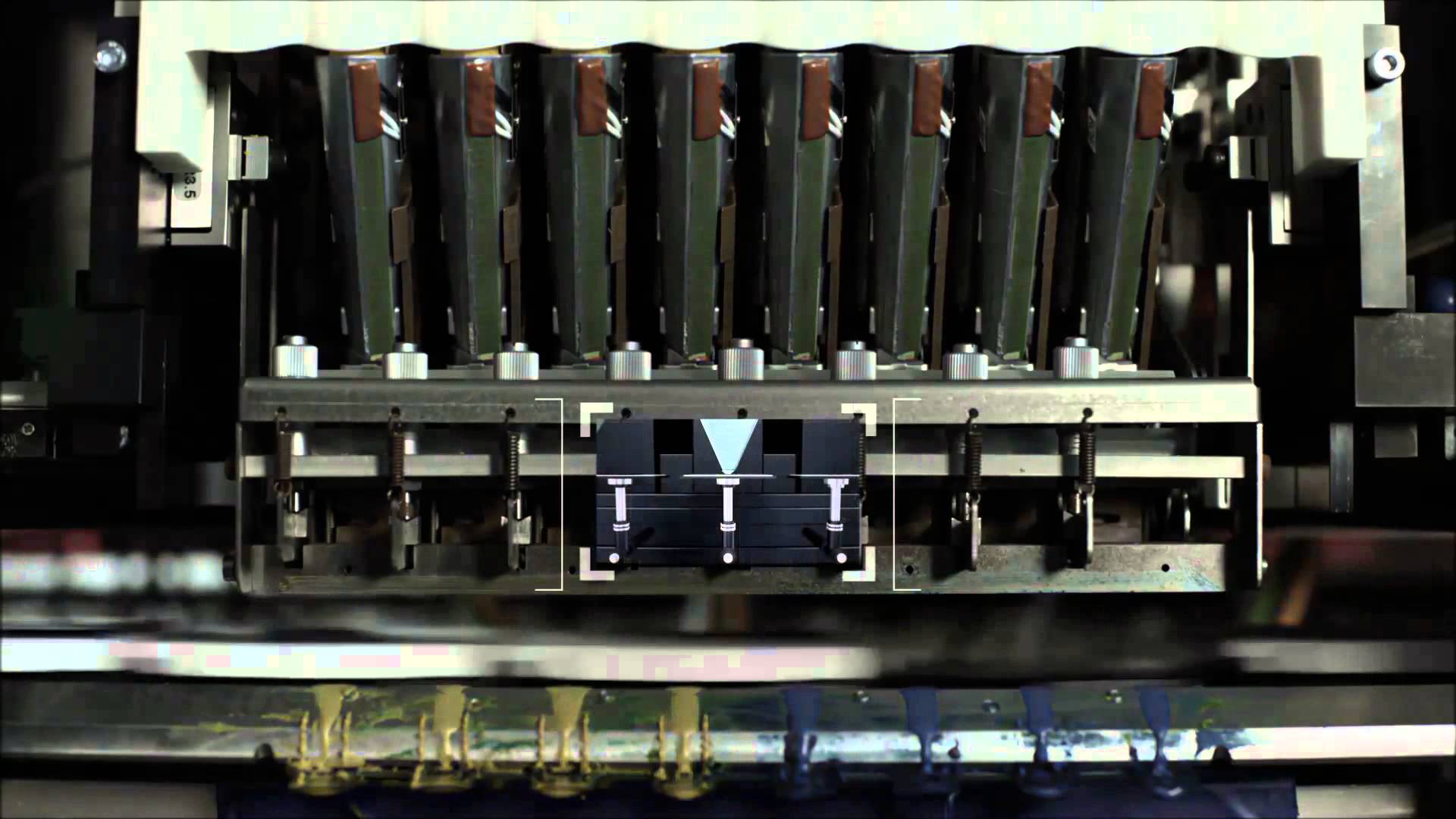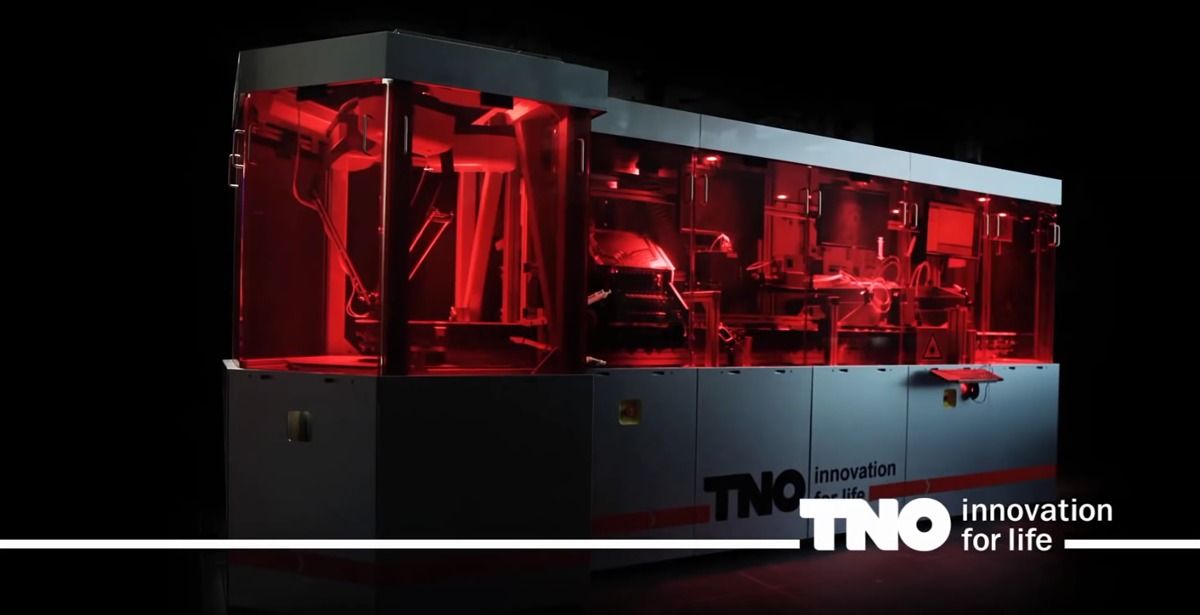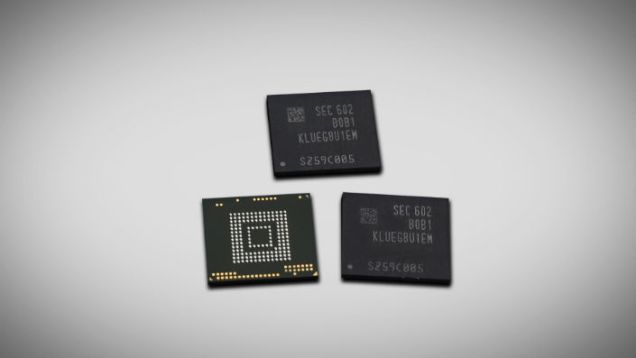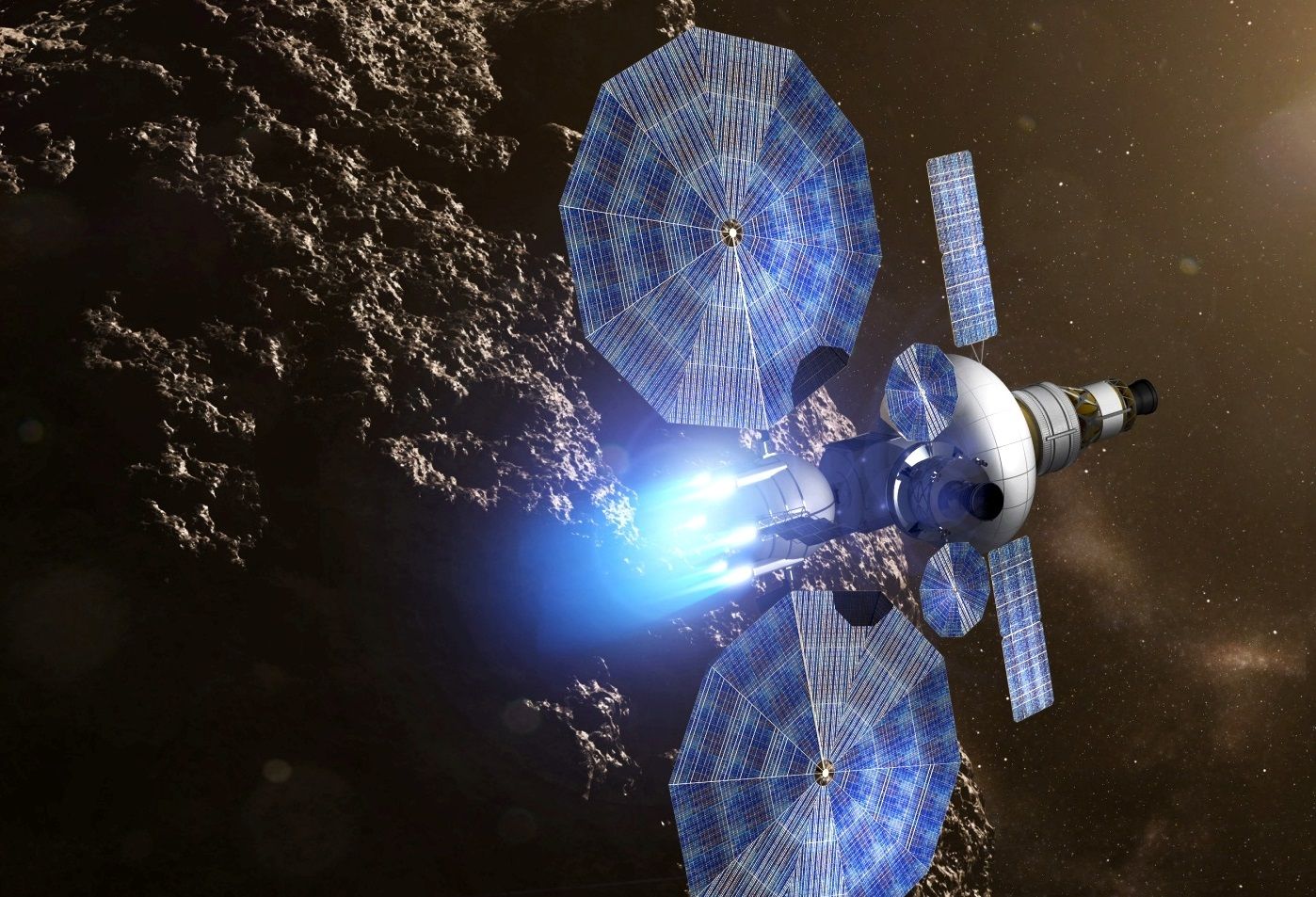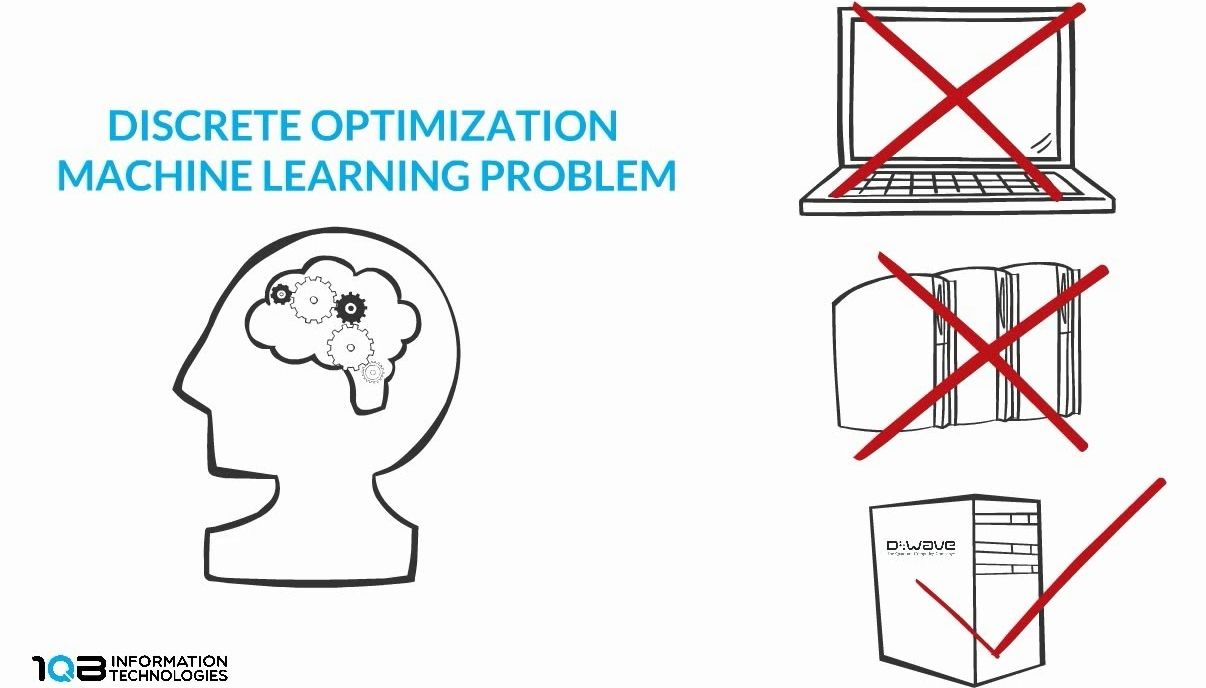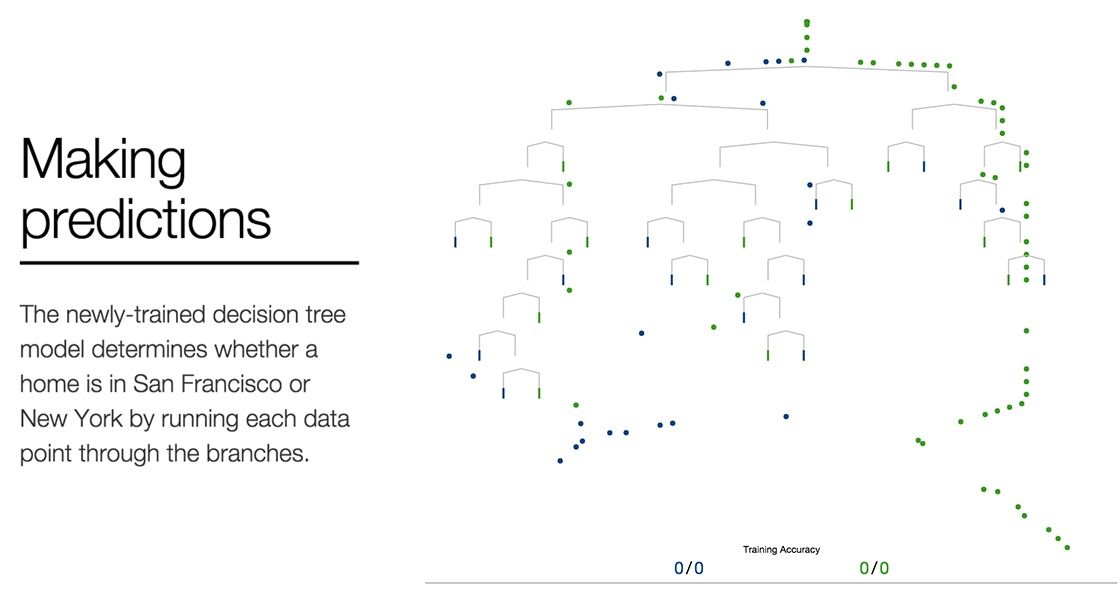Feb 28, 2016
IARPA seeks info on biometric attack detection tech
Posted by Karen Hurst in categories: government, privacy, security
Reminder to everyone who loves hearing about what NextGen Technologies that US Government has been working on: March 11th, US IARPA is hosting a conference on “Odin” (detection technologies to ensure biometric security systems can detect when someone is attempting to disguise their biometric identity.)
The Intelligence Advanced Research Projects Activity plans to hold a conference related to a biometric presentation attack detection programme called Odin.
The conference, to be held on 11 March in Washington, will be to provide information on Odin and the research problems the program aims to address, the agency noted.
Continue reading “IARPA seeks info on biometric attack detection tech” »

